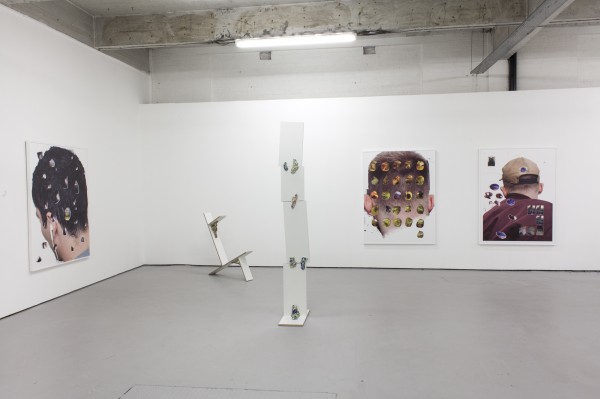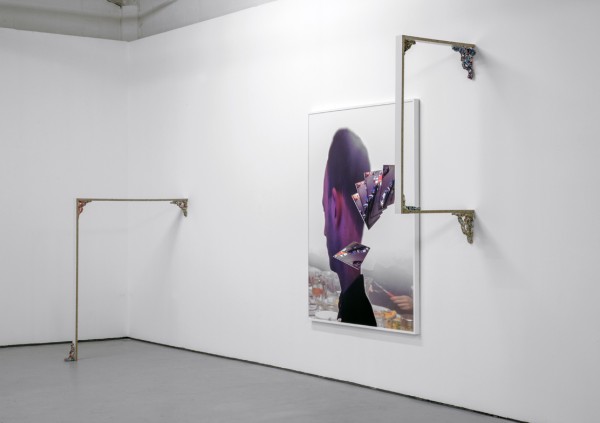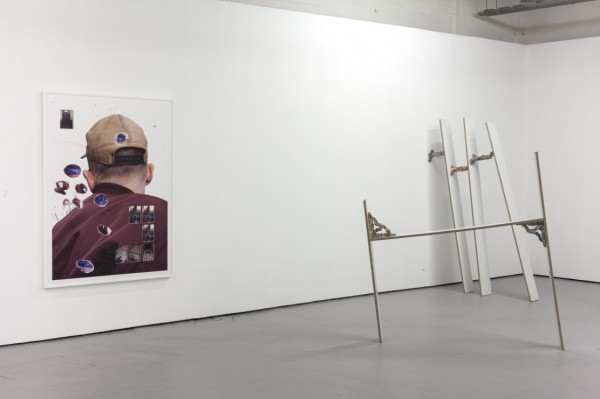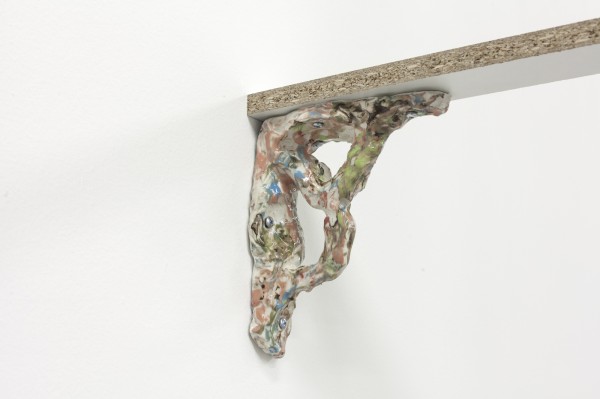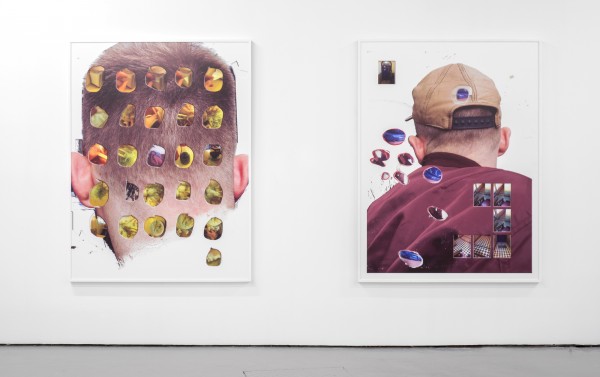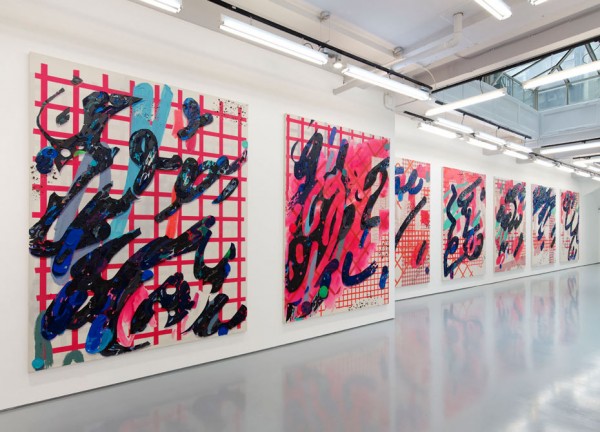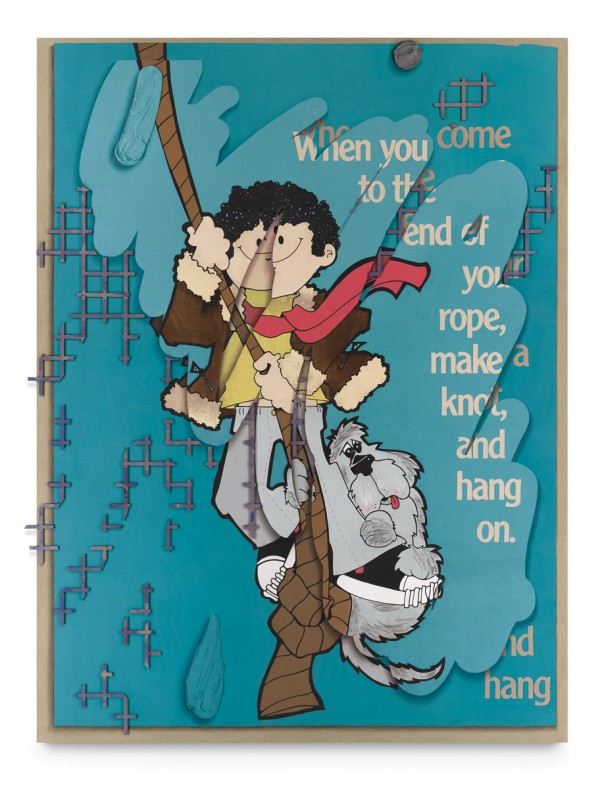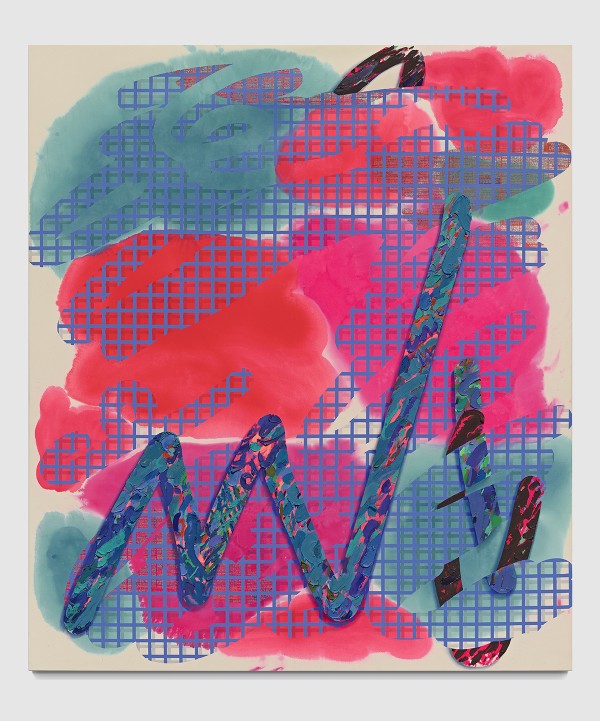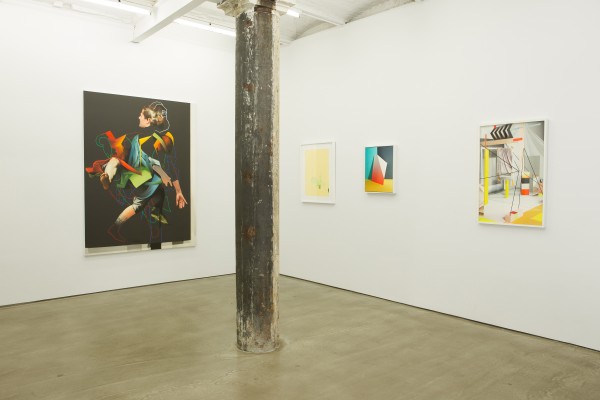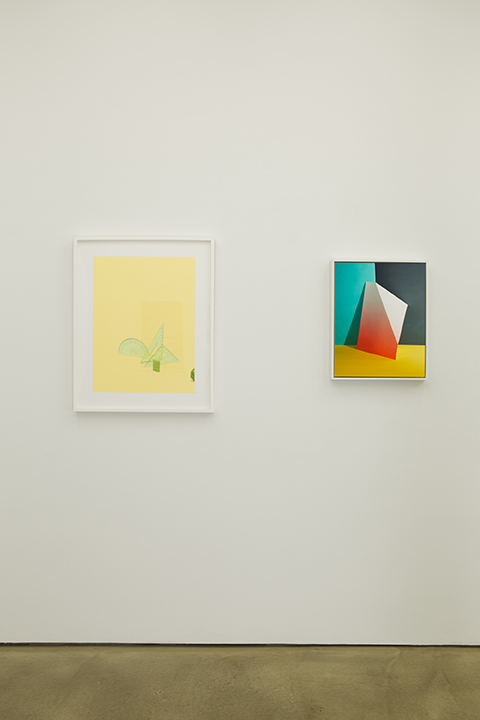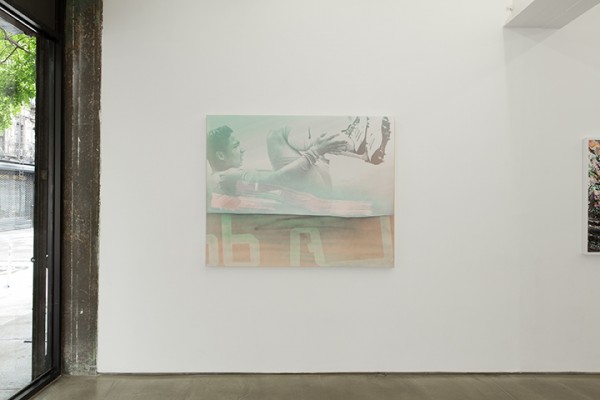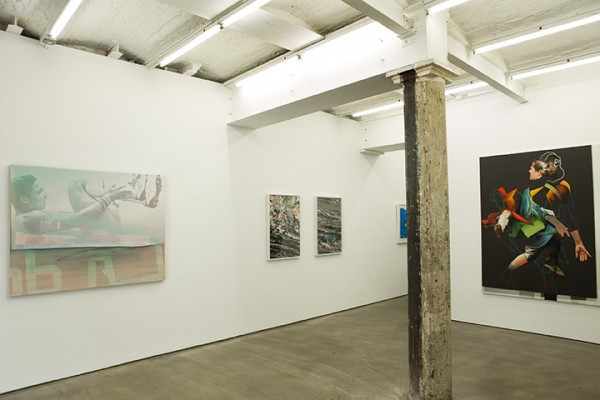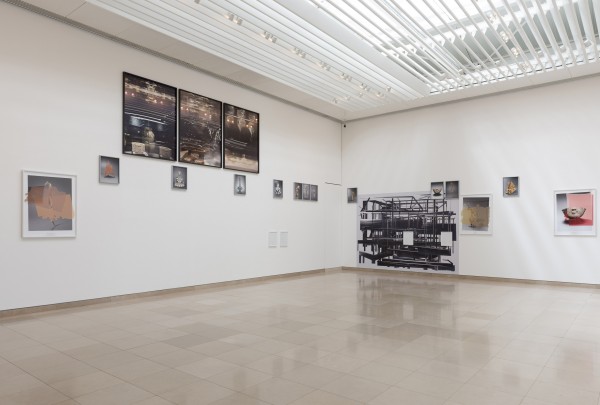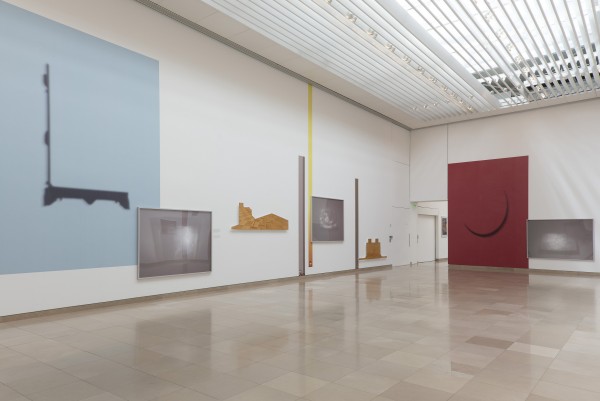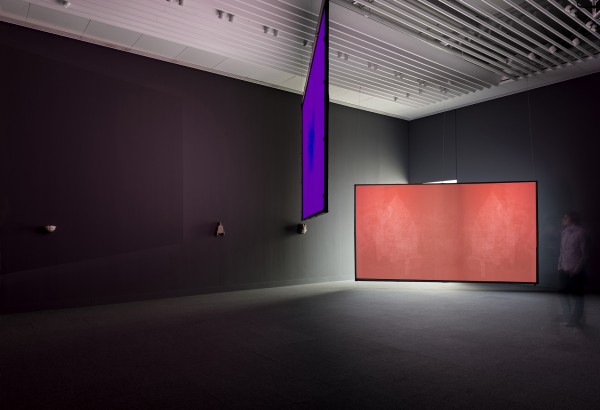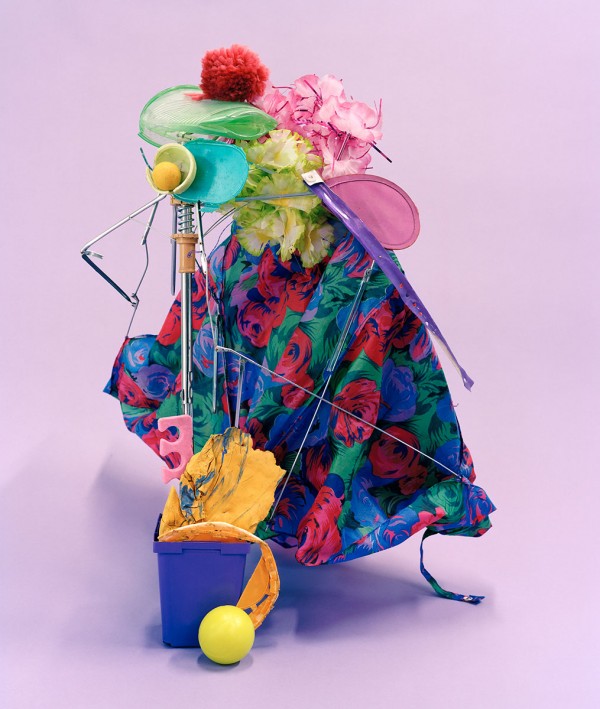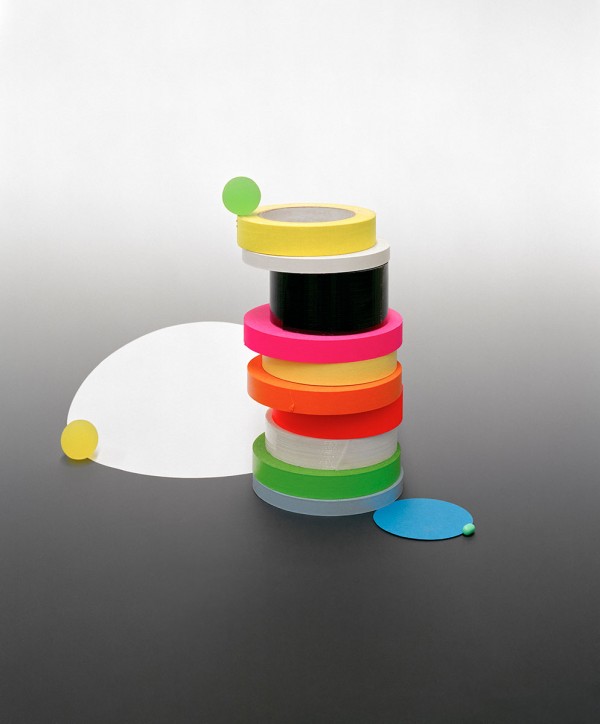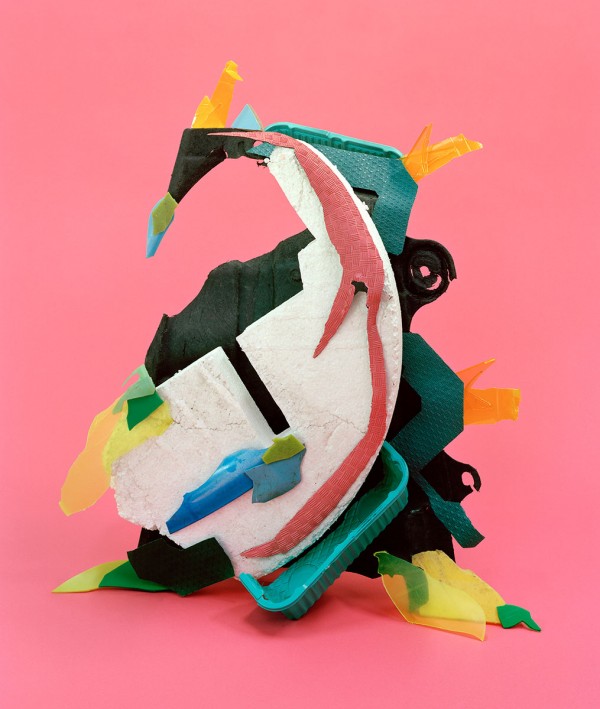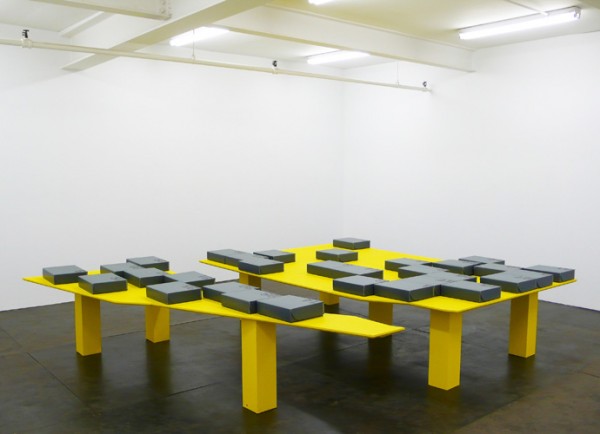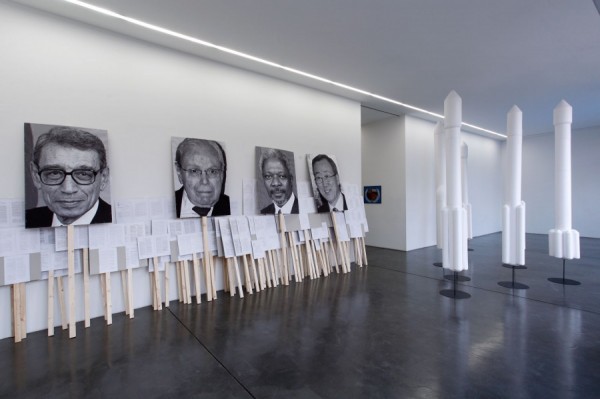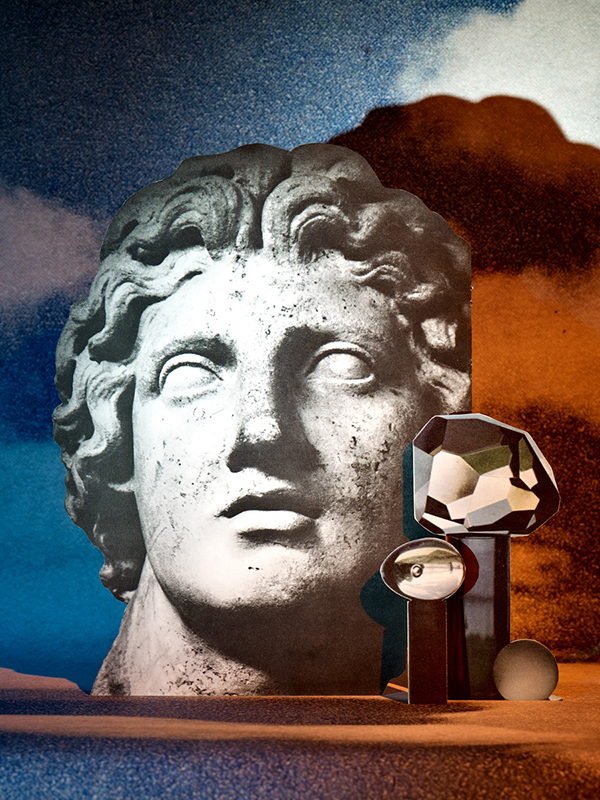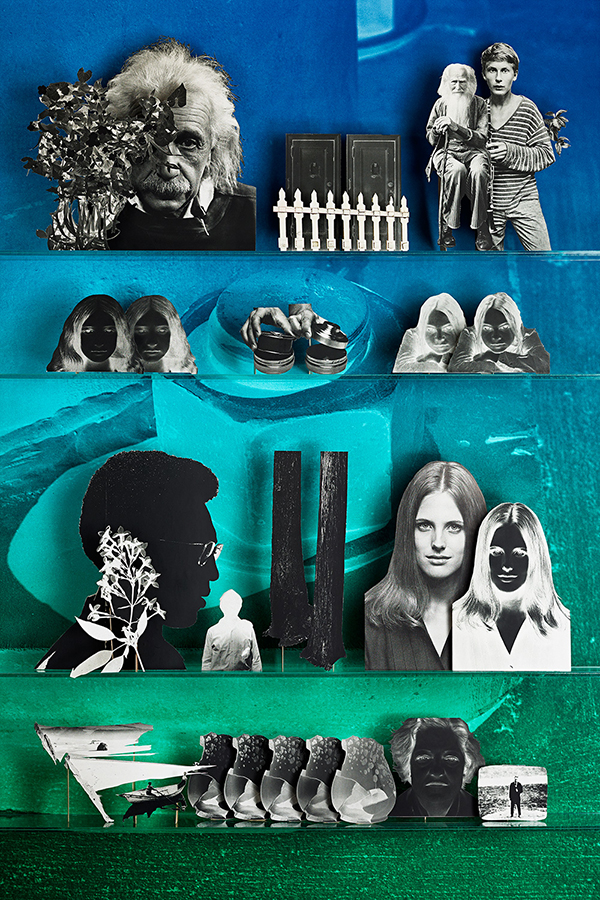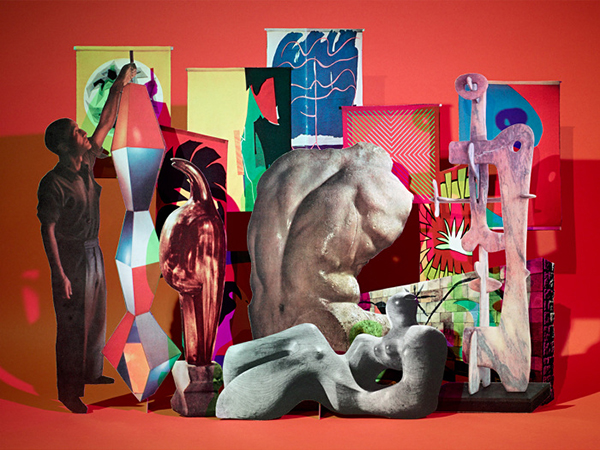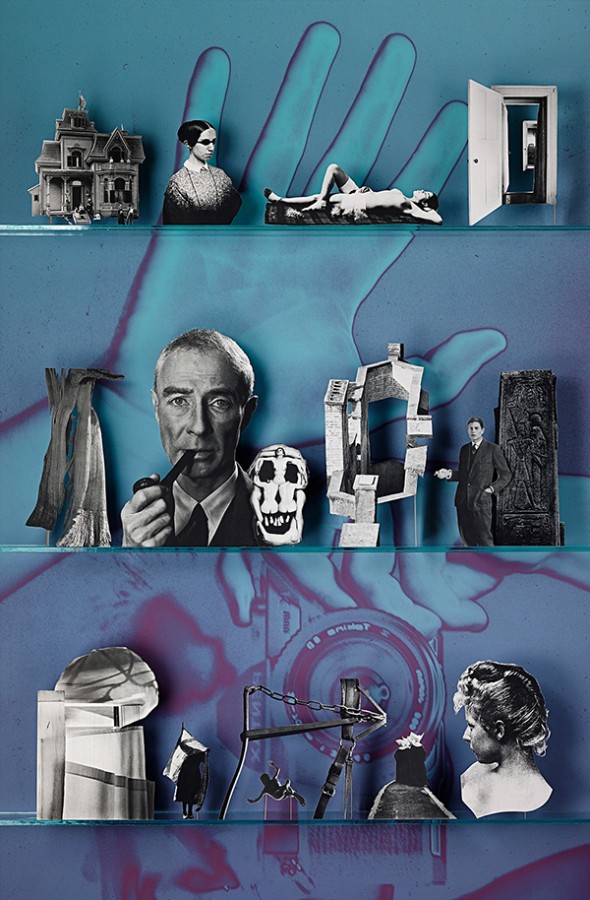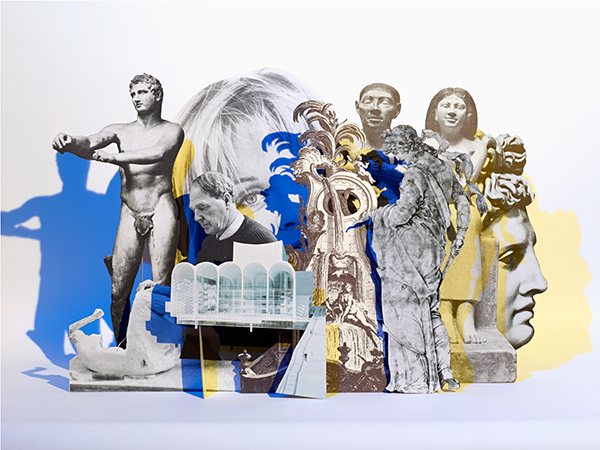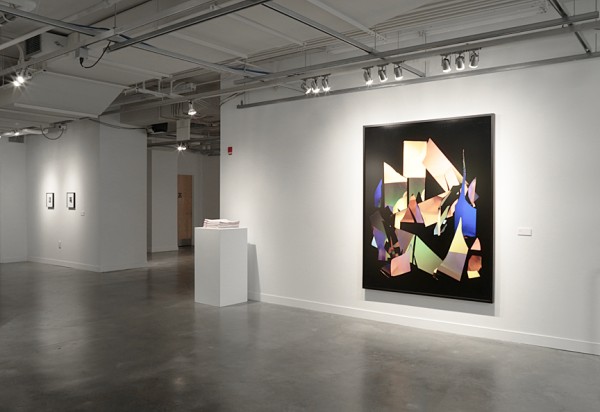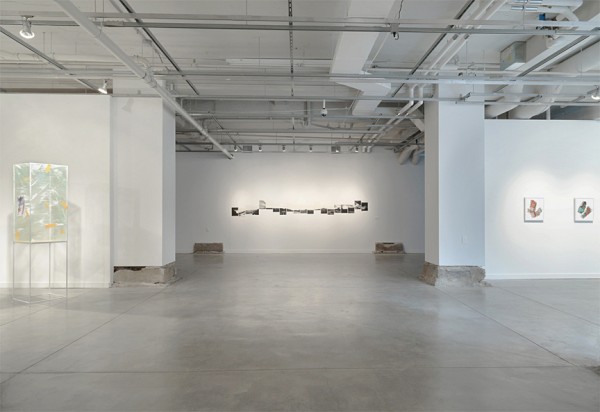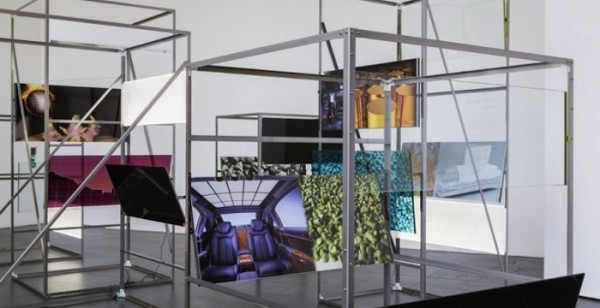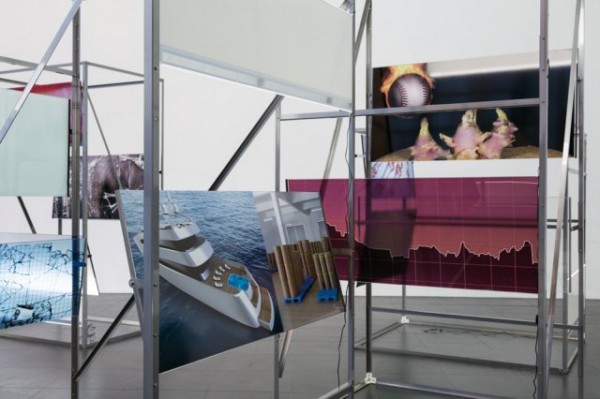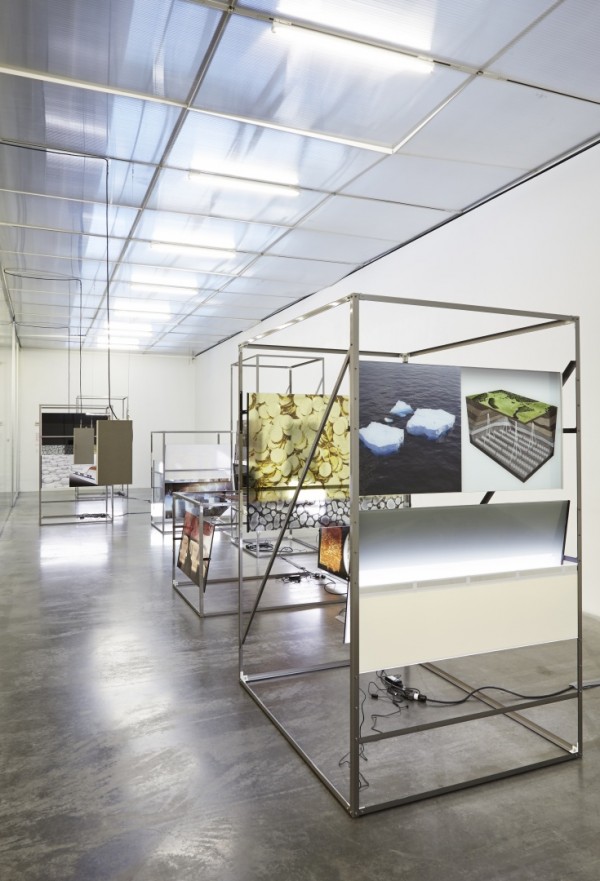Anne de Vries, Bastien Aubry, & Dimitri Broquard
Work from FOLKLORE CONTEMPORAIN III @ SWG3 GALLERY
“Folklore Contemporain III is an investigation into the folkloric heritages and the new folklores of the 2010’s, through the practices of Bastien Aubry & Dimitri Broquard, based in Zurich and Anne de Vries, living in Berlin. This show addresses the works of those artists crafting the artefacts of our age with ‘dated techniques’ but contemporary references or contemporary techniques and references from the past. For their first show in Scotland, the three artists will be presenting new body of works.
Anne de Vries has been producing a series of process based portraits sharing as many links with classic anatomical drawings as cutting edge neurology. These five layered photographic collages give access to other human beings’ brain activity. The prints try to capture the incapacity we all face to perceive things instantly resulting in an infinite number of enigmatic narrations.
Bastien Aubry and Dimitri Broquard have made several absurd and squinty pieces of furniture playing freely with notions of craft and design. Made from melamine panels, recalling basic furniture kits and hand made ceramic brackets, the sculptures divert the materials from their usual functionality. Ceramics, which are central in Aubry & Broquard’s practice are no longer simply decorative pieces but are necessary to the structure. Aubry & Broquard offer a new body of hand crafted pieces demonstrating a mastery of the technique and its conceptual stakes.
Folklore Contemporain III creates ties between two very different practices. While the first one refers to craft, the second one uses high technology but both focuses on a certain idea of the network. Interconnexions, links and junctions, are where the three artists meet.
Nowadays, the “curator-folklorist” has to consider vernacular practices such as GIFs, memes, Clipart creations or Photoshop effects as well as traditional “savoir-faire” when examining the current mythos. One never finds time to sleep, already busy dealing with pre-existing fables and customs transmitted by all the previous generations of artists. New forms emerge continuously and collectively. Like mythology, art technique evolves without authorship or copyright.
This show is the third and last show of exhibition series Folklore Contemporain at SWG3 Gallery exploring how contemporary artists draw their inspiration from legends, popular beliefs, customs and traditions of different cultures to appropriate them and create new myths and new crafts. Previous shows in the series included Laura Aldridge & Travess Smalley in 2012 and Aaron Angell & Jack Bilbo in 2013.
Curated by Camille Le Houezec & Joey Villemont (It’s Our Playground)” – O Fluxo
